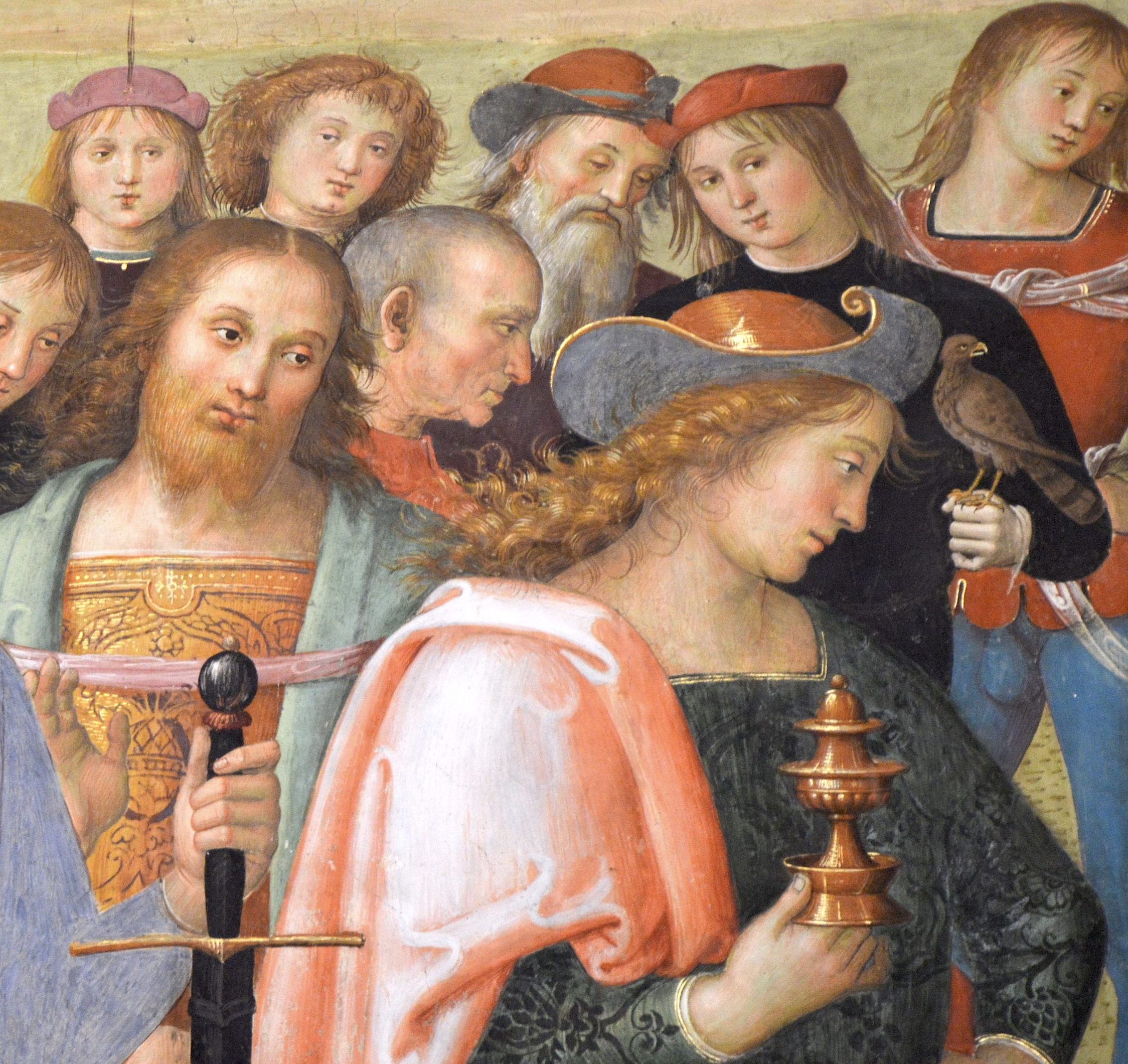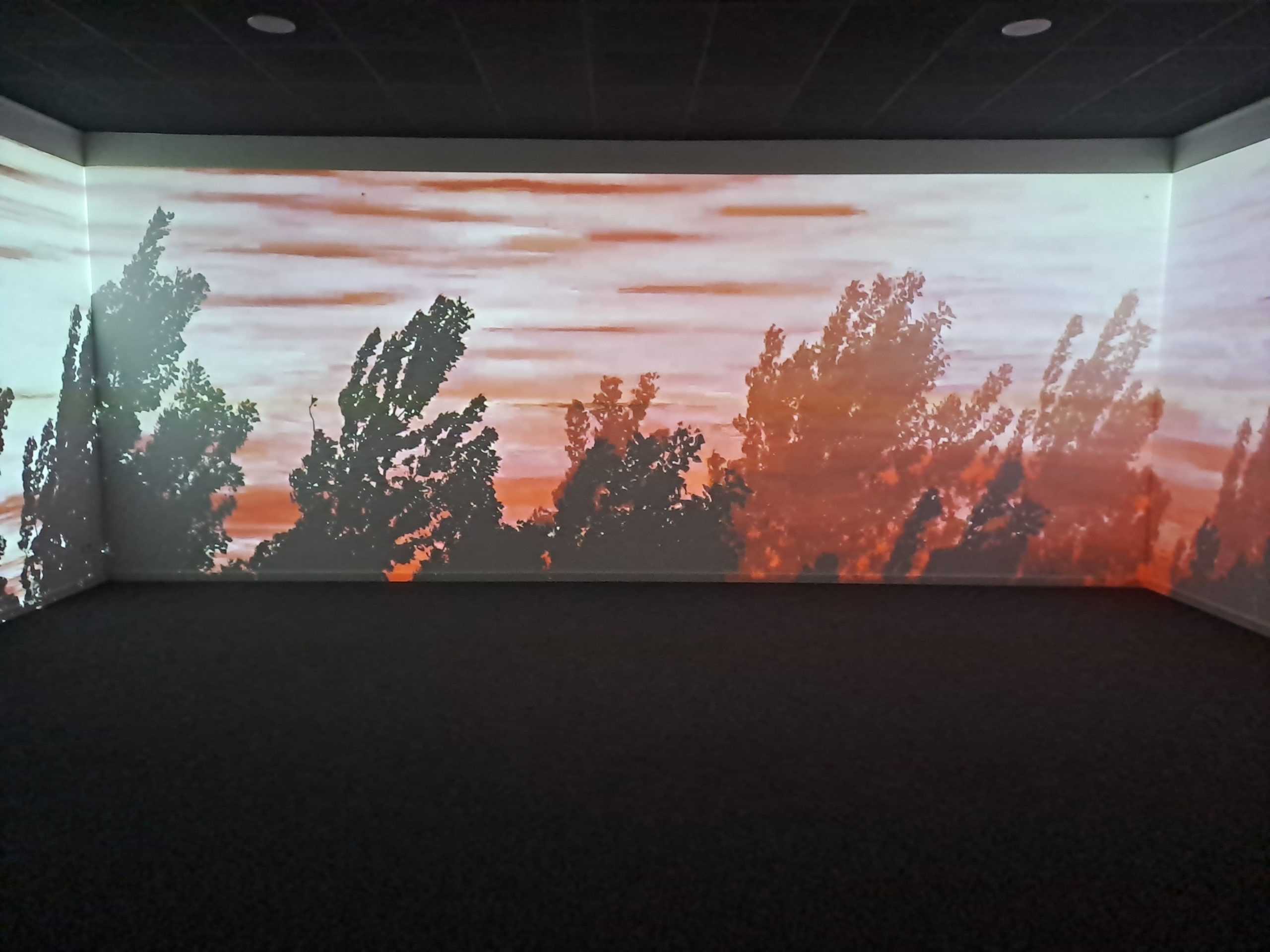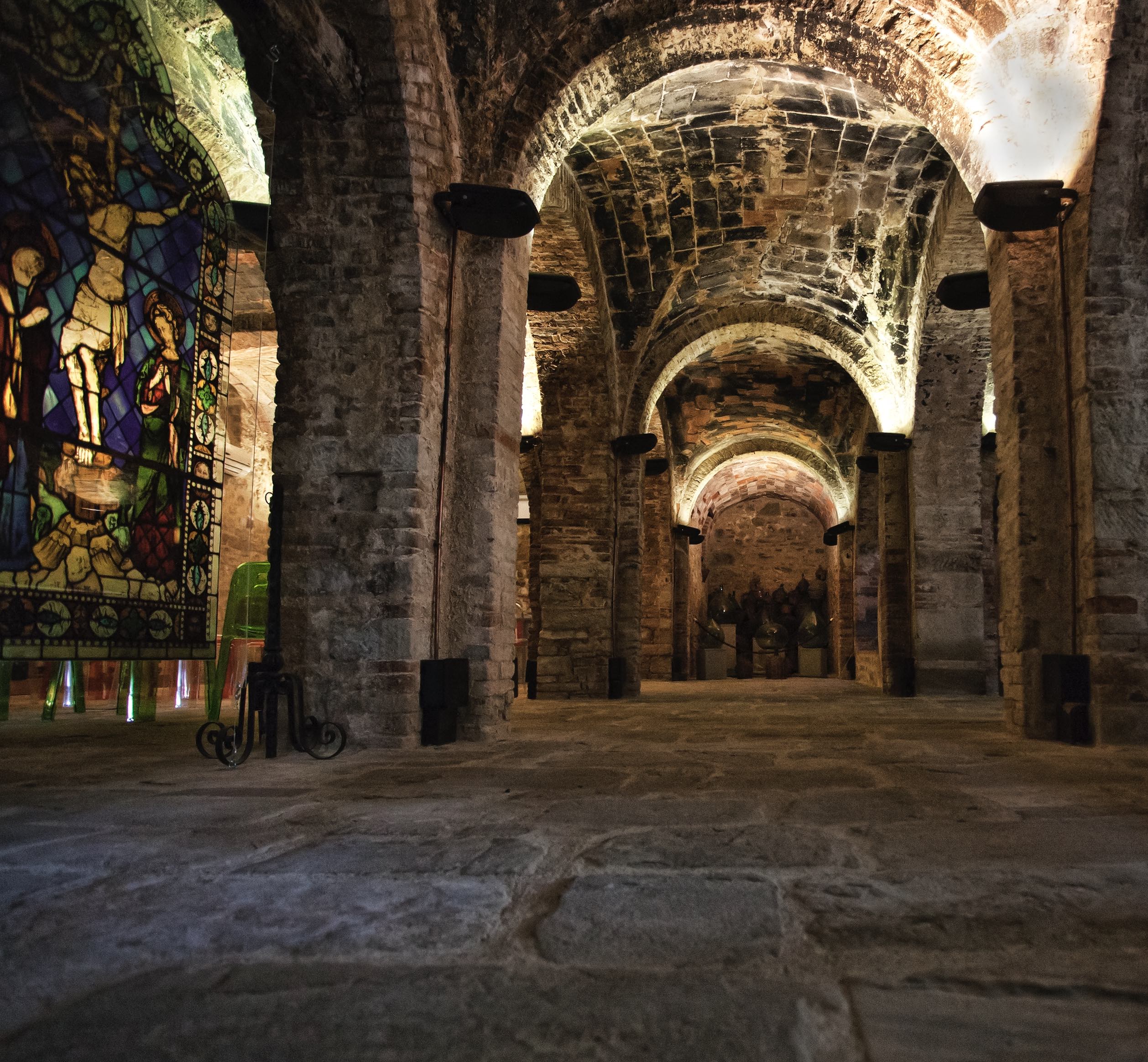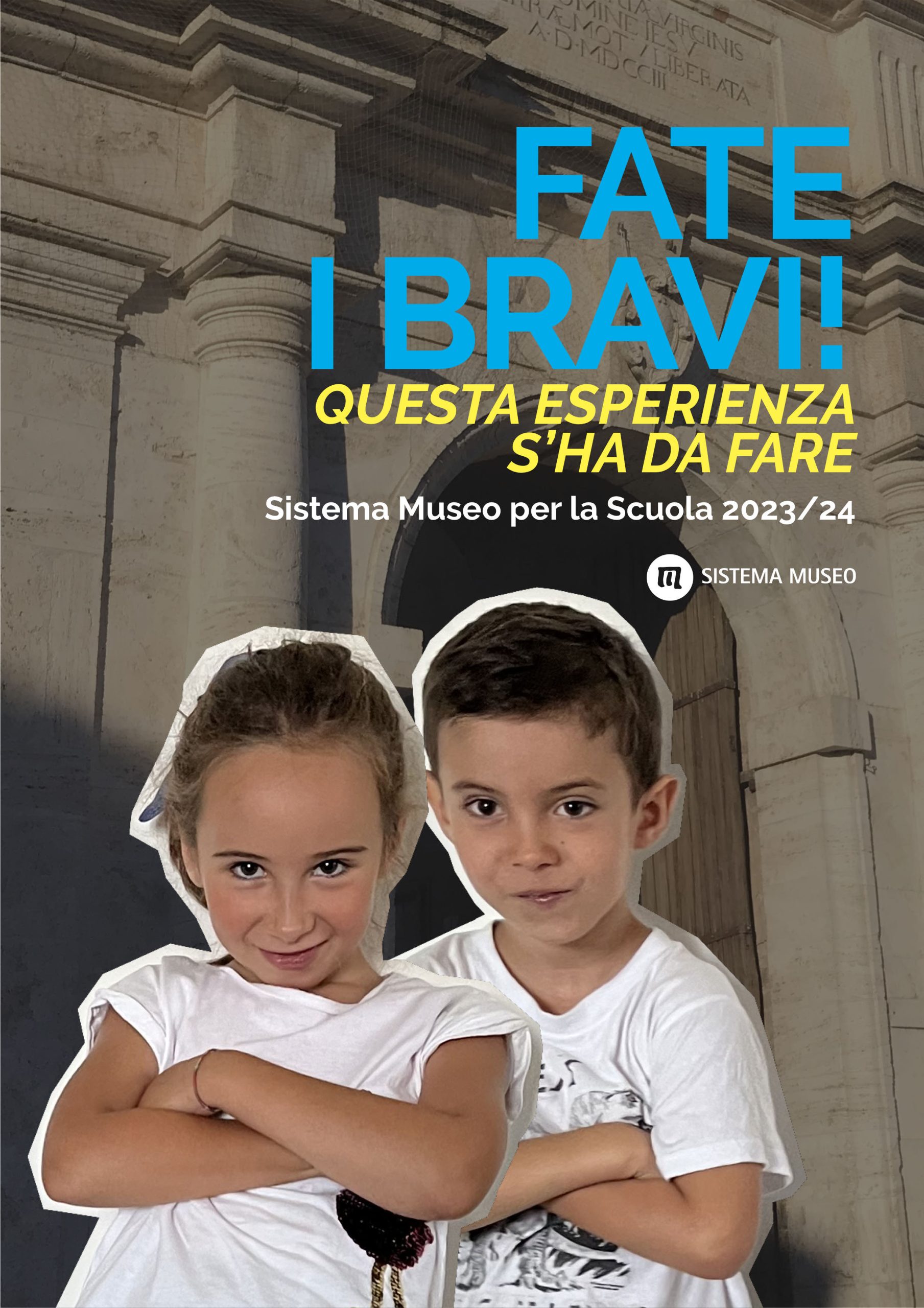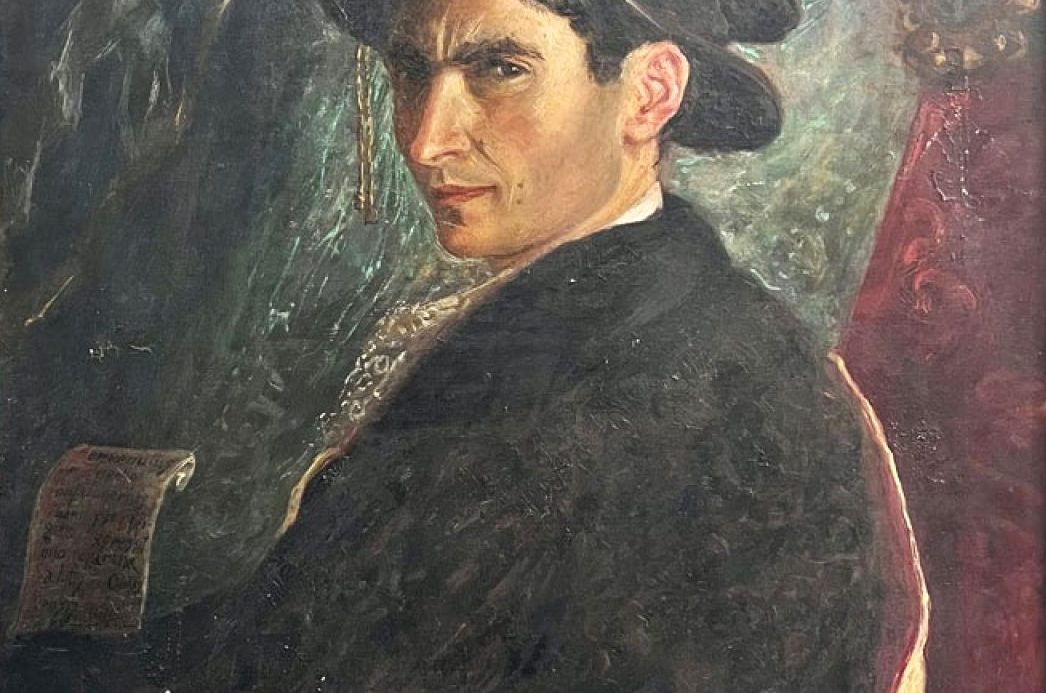HISTORY
PANICALE
Panicale is located 441 meters above sea level and is considered to be the most beautiful natural terrace over Lake Trasimeno. Its historical center dates back to the early middle ages, same goes for the majority of the historical centers in the surroundings. Panicale was originally located on top of the hill, now Piazza Masolino, and it was a simple settlement with huts and log fortifications. It began to expand during the middle ages, when it became a fortified town with the characteristic concentric walls sloping on the hill, as it still is today.
The elliptical shaped alleys enclose three squares: Piazza Umberto I being the lowest, with the old cistern, now a fountain, at its center; halfway up is Piazza San Michele with the homonymous church; and the highest square is Piazza Masolino where the Palace of the Podestà is located, originally a symbol of civil authority, with a beautiful view of the lake.
Along the walls, originally surrounded by a moat, are the two main gates: the Perugina and the Fiorentina, one facing Umbria and the other Tuscany, as their name suggests.
There are several theories on the origins of the name. One claims that it comes from Latin “Pani Calet”, the place where they consecrated the altars for the God Pan”, another one claims that it comes from Greek: “Pan Kalòn”, where everything is beautiful. The most realistic one instead claims that the name comes from the farming of panìco, a cereal, which also inspired the coat of arms with two grain spikes.
A notorious citizen of Panicale was the warlord Boldrino Paneri (1331-1390), known for being over two meters high and for the fate of his remains. His ferocity was well-known among his enemies, and his soldiers, aware of his reputation, decided to exploit it even after his death. They embalmed the body and brought it to the battlefield just to intimidate the enemy.
At the beginning of the renaissance Panicale was linked to Perugia, it was part of its territory and both an important supply center and an outpost to the west. The coat of arms depicts a tower with grain spikes alongside the Gryphon, symbol of Perugia.
In 1505, the Perugino left his indelible mark by painting one of his most famous frescoes inside the Church of San Sebastiano: “Il Martirio di San Sebastiano”. The renaissance was in fact one of the most prolific periods for the small town, which was termed “terra insigne” by Pope Paul III Farnese.
In the 18th century the Teatro del Sole was built, later renovated in the 19th century and now dedicated to Cesare Caporali.
In 1930 Anita Belleschi Grifoni opened an embroidery school to pass down the Panicale embroidered tulle canvas art, known as Ars Panicalensis, today depicted in the works displayed at the museum inside the Church of Sant’Agostino.
Panicale was awarded the “Bandiera Arancione” by the Italian Touring Club in 2007, and listed in 2008 in the exclusive “Borghi più belli d’Italia” (most beautiful villages in Italy).
